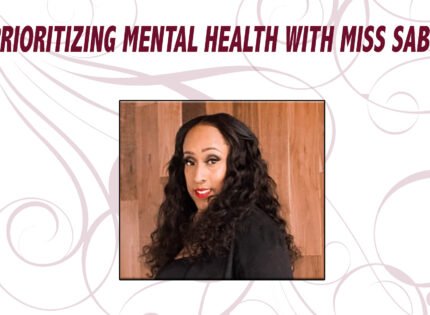
As we saw in the student protests in 2012, school tuition fees in Quebec are a sore spot for some individuals. Although Quebec offers students the cheapest price for post-secondary education, students contend that they (or their parents) do not have the means to pay for a quality education. Unfortunately, a quality education does not come cheap and costs will only increase in the future. To prepare for this, students and parents must have a strict savings plan in place. Of course, a separate savings account can be used where funds can be deposited on a consistent basis; however, a registered education saving plan (RESP) may be the best option given the benefits that it offers.
Here are eight basic things that you should know about a RESP.
1. Objective – A registered education savings plan is meant to help save for tuition and related expenses when it comes to college and or university. Funds in a RESP cannot be applied to cover high school costs.
2. How long can a plan stay open? A RESP can stay open for 36 years. Under specified plan rules, the plan can stay open for up to 40 years for beneficiaries that are eligible for the disability tax credit.
3. Where should you go to start a RESP? In the province of Quebec, you may start a plan by visiting any financial institution (i.e., bank or credit union) or a financial advisor. Be prepared to ask questions about individual, family, and group plans and to furnish all relevant information regarding the beneficiaries of the plan (individuals who will receive the money for their studies). Some types of RESPs do not have a minimum deposit requirements, while others do.
4. Who can be a “subscriber?” A subscriber is the individual who opens the plan for his/her children, themselves or another adult. For Family RESP plans, subscribers can be parents, grandparents or siblings of children, including adopted children. For Individual RESP plans, in general there are not any restrictions on who can be the original subscribers. A spouse or common-law partner can be a joint subscriber under a single RESP.
5. When should you start investing? The sooner the better. The longer you have a RESP, the more time you have to build savings with the help of interest that is not taxed. It is important to note that contributions to a plan are not tax deductible and must be declared when filing your taxes. The money that you save can be placed in a wide range of investment vehicles for RESPs, such as stocks, bonds, mutual funds and guarantee investment certificates. Ask an advisor about the different plans which will allow you decide how to invest your savings.
6. Contribution assistance. If you are saving for the education of an individual that is 17 years-old and under, you can apply for assistance to have the federal government match your contribution to your plan. The federal government’s contribution can be in the form of a grant or a bond. In Quebec, individuals can be eligible for the Quebec Education Savings Incentive, a provincial tax credit that is directly placed into the savings plan.
7. Savings limits. Subscribers are allowed to put funds away whenever they want; however, there is a lifetime savings limit of $50,000 per individual. Under some plans, you may be required to make monthly or annual deposits.
8. What are educational assistance payments (EAPs)? When the beneficiaries are ready to enrol in college, university or eligible training program, funds that are released from a RESP are called “educational assistance payments.” The EAPs are composed of two segments: investment earnings and government grant money.
Although education is a fundamental right in Canada, it does come with a price. Once an individual decides that he or she will continue his or her studies beyond high school, finding a source of funding must be discussed and planned.
While grants and student loans are the most common avenues to fund an education, they might not be the most sustainable sources given the current government budget cuts. A registered education saving plan is a tool that allows individuals to take the responsibility to save money for the future in order to overcome the challenges of paying for a quality education that will not get any cheaper.














